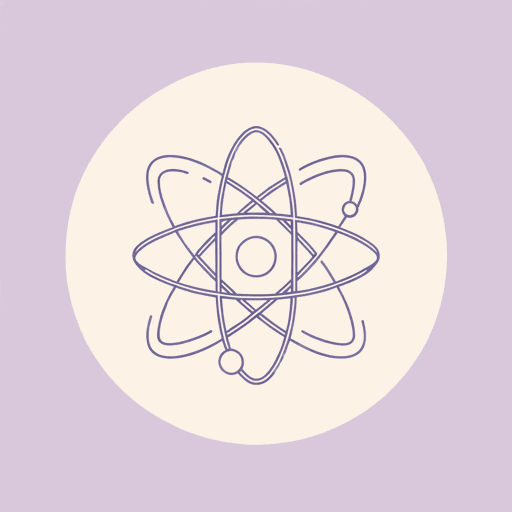44 pages • 1 hour read
Neil Degrasse TysonAstrophysics for People in a Hurry
Nonfiction | Book | Adult | Published in 2017A modern alternative to SparkNotes and CliffsNotes, SuperSummary offers high-quality Study Guides with detailed chapter summaries and analysis of major themes, characters, and more.
Background
Scientific Context: Nuclear Fusion
All atoms contain a central nucleus filled with protons and neutrons. The proton has an electric charge, and a neutron is basically a proton with no charge. Except for hydrogen, all elements contain neutrons with their number roughly the same as the number of protons. Atomic nuclei are surrounded by electrons, one for each proton; an electron has an electric charge that’s exactly opposite to that of the proton. Heavier atoms have more protons, neutrons, and electrons. The electrons orbit the nucleus in layers called shells; the outermost layer of electrons interacts with the electrons of other atoms’ outer shells to form groups of atoms called molecules.
When the universe began, it was made up mainly of simple protons, electrons, and photons of energy. Hydrogen, the most basic atom, contains one proton and one electron. A hydrogen atom without its electron is “ionized” and has a positive electric charge; in effect, a lone proton is simply an ionized hydrogen atom.
Except for lithium and some early helium, all larger atoms are created in the intense heat and pressure of the interiors of stars. That pressure forces nucleons to join together in a process called fusion. The first such atoms created by fusion are helium atoms, which contain two protons and two neutrons; helium released by a star will eventually collect two electrons that balance out the atom’s electric charge.
Related Titles
By Neil Degrasse Tyson


